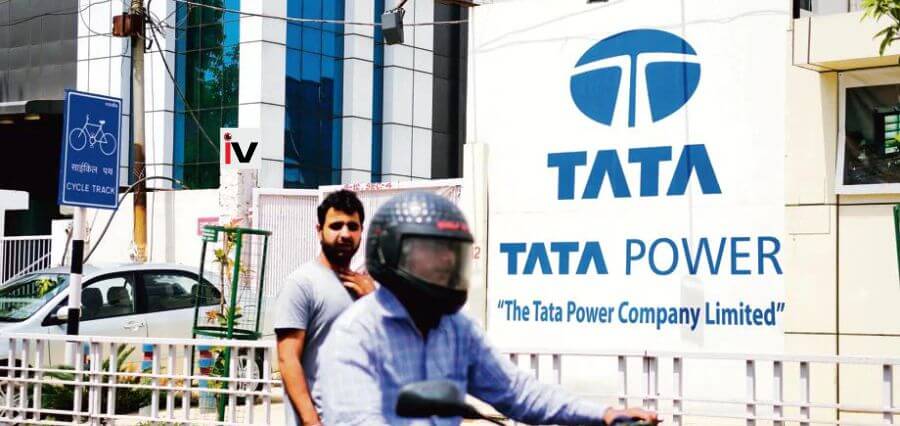As of Q1 FY25, Tata Power boasts an installed renewable energy (RE) capacity of 6.1 GW, representing 41% of its total capacity, with an additional 5.3 GW currently under development. The company is heavily investing in RE, despite recent indications that it is also exploring thermal projects. For FY25, Tata Power plans a capital expenditure (capex) of Rs 20,000 crore, with 60% allocated to renewable energy, 30% to transmission, and 10% to emerging areas like pumped hydro.
The company aims to expand its RE portfolio to over 11 GW within the next 12 to 24 months, increasing its share of total capacity to 56%. According to analysts at Ambit Capital, Tata Power is expected to undertake an annual capex three to four times greater than its average over the past decade, driven primarily by RE and associated storage investments.
Despite an anticipated annual capex exceeding Rs 12,000 crore, Ambit analysts project that Tata Power’s net-debt-to-EBITDA ratio will remain at three times through FY30. This suggests that while the company will incur debt for RE projects, it plans to use its cash flows to reduce existing debt related to the Mundra plant, Welspun Renewable Energy (WREL), and other ventures. Once funding losses for the Mundra plant cease, Tata Power intends to redirect its capital towards expanding its RE (and storage) business, reducing the share of capital employed in Mundra and coal from 20-25% to 15% by FY30.
Analysts at JM Financial predict a strong performance boost for Tata Power’s RE business, with revenues expected to grow at a compounded annual growth rate (CAGR) of over 25% between FY22 and FY25. They also foresee further improvements driven by transmission (over 6,668 circuit kilometers) and generation (over 600 MW of hydro and over 1,800 MW of pumped hydro) segments.
In Q1 FY25, Tata Power’s RE generation companies reported an EBITDA of Rs 903 crore, up from Rs 844 crore a year earlier, while net profit stood at Rs 229 crore compared to Rs 235 crore in Q1 FY24. The company has a robust RE pipeline of over 5 GW, including 2.6 GW in utility-scale solar EPC projects, which should suffice for FY25. However, project commissioning is currently hampered by transmission connectivity constraints, according to JM analysts.


1 comment
I need to to thank you for this wonderful read!! I absolutely loved every likttle bit of it.
I have you book-marked too look at neww things you post… https://Hallofgodsinglassi.Wordpress.com/